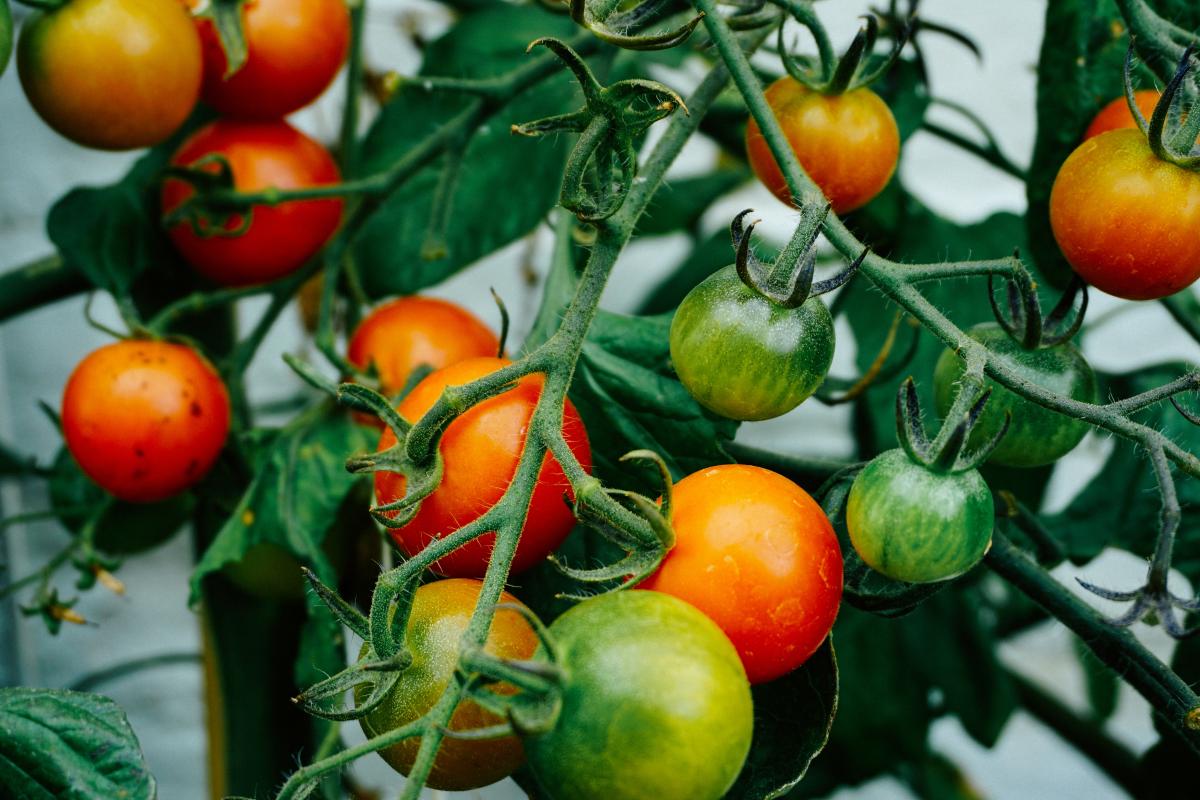
Bird Comic Storyboard
by Alisson Suito
This lesson is intended to build on existing knowledge about a previously learned topic. Students should already know about and be able to apply specific information about a bird species based on a prior lesson, “Future Bird 3000”
https://stemteachers.asu.edu/stem-lesson-plans/future-bird-3000
Here, they will:
Analyze the evolution of bird species.
Identify and understand it’s characteristics.
Predict what it’s habitat will be like in the future.
Create an evolved species of bird.
Synthesize bird characteristics and invent a story to explain it’s evolution.
Use language arts and technology to create a comic strip.
Lesson Plan Link/URL
https://docs.google.com/presentation/d/1sBZMxcoe_Vr4pfZkjYEtFMa1ZmK1g6vI/edit?u…Subject Area
Science Life Science L2: Organisms & Energy L3: Genetics & Heredity L4: Evolution Technology 3. Knowledge Constructor Engineering S6: Apply Communications to Engineering English Language Arts (ELA) Writing
Featured
Off
Related Content

Grades:
7th Grade, 8th Grade, 9th Grade, 10th Grade, 11th Grade
This is a lesson that can be taught in 5 days or one week. The lesson was put together in collaboration with the Smithsonian Science Education Center. It talks about global goals (one of which is food

Grades:
4th Grade, 6th Grade
This project consists of the final part of a four-part unit for 4th and 6th-grade students exploring Arizona's science standards. Students will study how living things compete for energy and resources

Grades:
8th Grade, 9th Grade, 10th Grade
This is part of an Ecology Unit, where students will create a food web using a set of cards. Students will identify the organisms in the different trophic levels, create a series of food chains, then